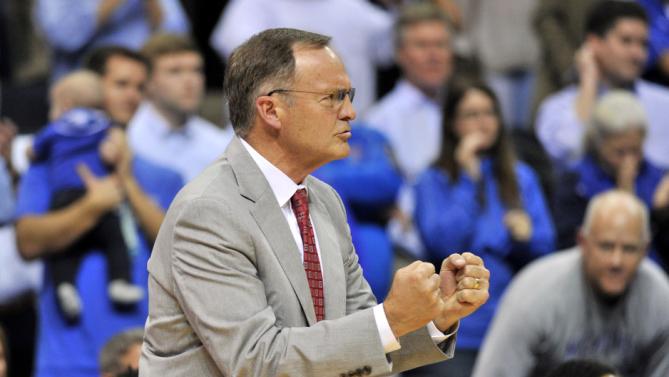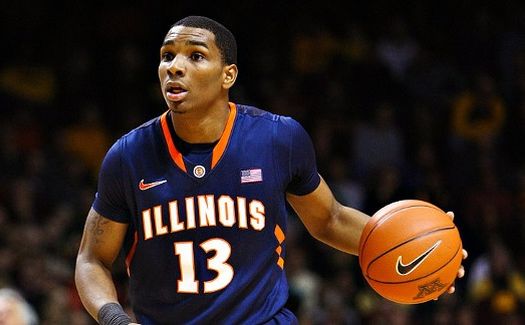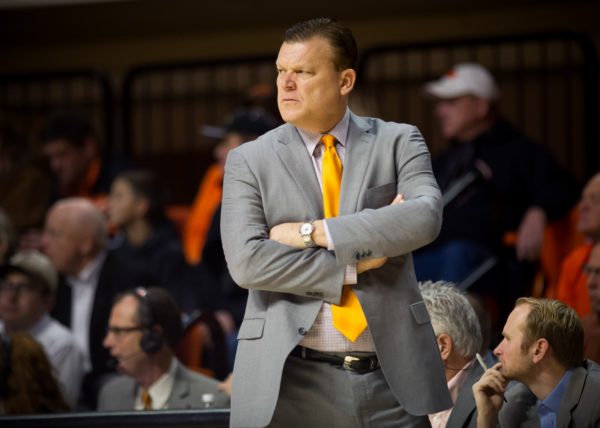Grading the Pac-12 Non-Conference Performances: Part I
Posted by Mike Lemaire on December 27th, 2016The non-conference portion of the schedule is now over for the entire group of Pac-12 teams and, aside from UCLA running roughshod over every team it faced, it was a relatively uneventful non-conference season. Some teams scored important wins and other teams showed their weaknesses, but none of the 12 at-large resumes really stand out at this point in the season. To prove it to ourselves, let’s run through where each team stands heading into the 18-game Pac-12 schedule.
Arizona – B+
- Quality wins: Texas A&M, Michigan State
- Bad losses: None
- Synopsis: The Wildcats would have received an A- except that their best win over Michigan State doesn’t look as good as it would have in most years. That said, the Wildcats posted an impressive 11-2 non-conference record and have done so without the services of arguably their best player (Allonzo Trier) and inarguably their best point guard (Parker Jackson-Cartwright). It would have been nice to steal a win against Gonzaga or Butler, but Arizona has to this point helped its NCAA Tournament chances more than it has hurt them.
Arizona State – C-
- Quality wins: None
- Bad losses: New Mexico State, Northern Iowa
- Synopsis: Bobby Hurley hasn’t been subtle about his desire for more national exposure for his program but the strategy somewhat backfired this year as the head coach has opened more eyes with his press conferences than with his team’s play. The Sun Devils are shorthanded and weren’t expected to contend for an NCAA Tournament bid this season, but the way in which they have been blown out by quality opponents is at least mildly embarrassing. Arizona State’s non-conference performance deserves the low side of the gentleman’s C.





























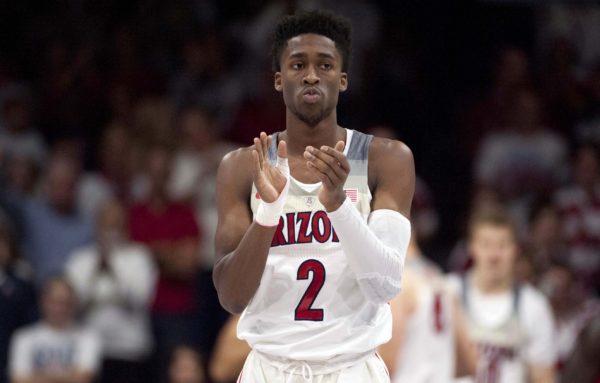
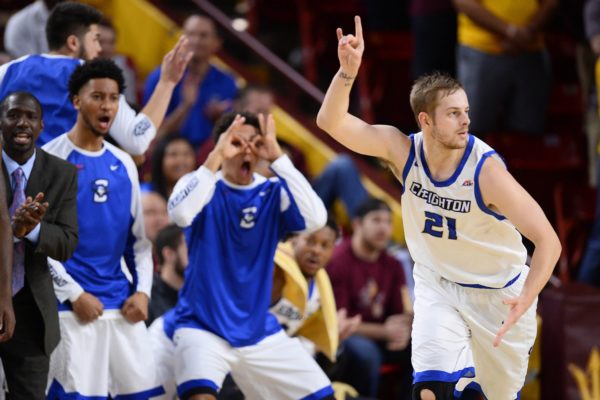

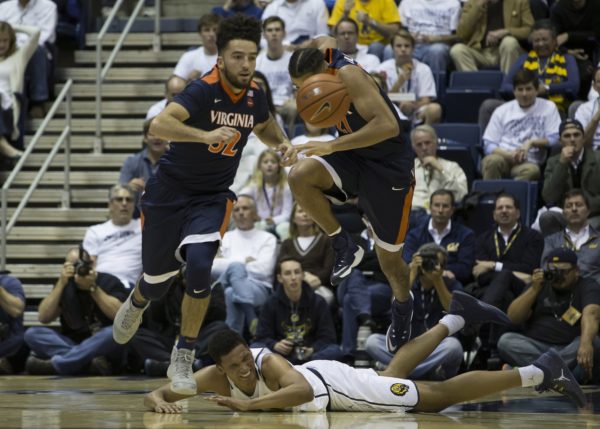
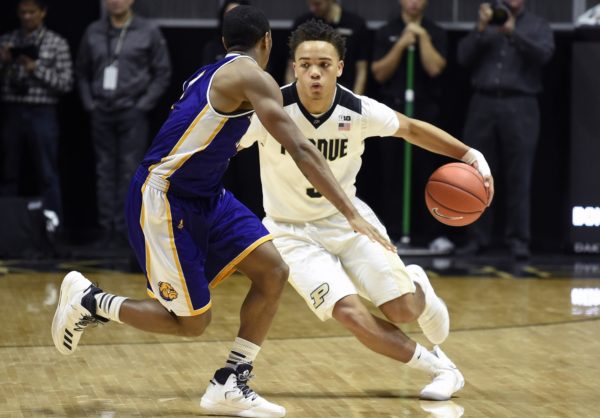
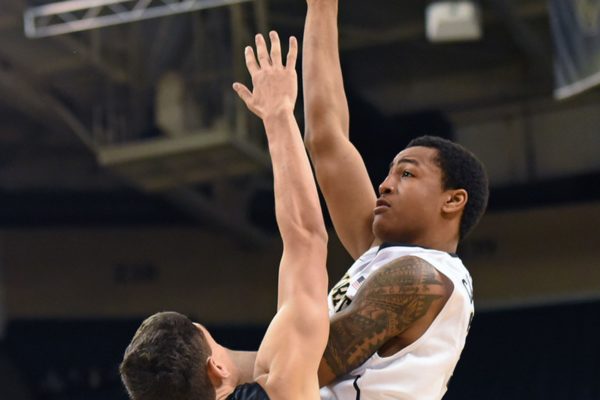
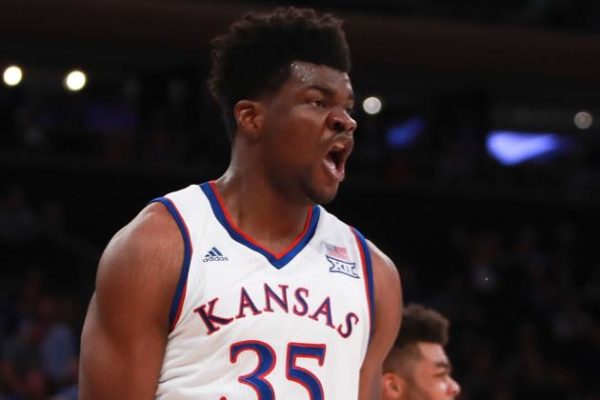
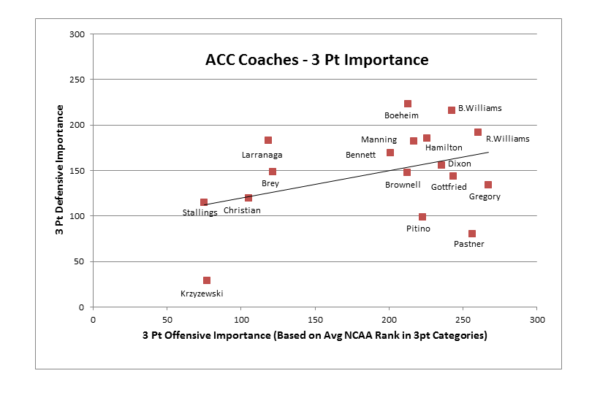 The graph above shows the relative importance of three-point shooting for ACC coaches over the past five seasons, both offensively and defensively. This rating is simply an average of how a coach’s team has ranked nationally in three areas concerning three-point shooting: three-point accuracy; three-point attempt percentage; and the percentage of points derived from three-point baskets. With only one exception — Wake Forest head coach Danny Manning has only four years under his belt — we used data from the last five seasons for each coach, including seasons at other schools (i.e., Josh Pastner at Memphis and Kevin Stallings at Vanderbilt).
The graph above shows the relative importance of three-point shooting for ACC coaches over the past five seasons, both offensively and defensively. This rating is simply an average of how a coach’s team has ranked nationally in three areas concerning three-point shooting: three-point accuracy; three-point attempt percentage; and the percentage of points derived from three-point baskets. With only one exception — Wake Forest head coach Danny Manning has only four years under his belt — we used data from the last five seasons for each coach, including seasons at other schools (i.e., Josh Pastner at Memphis and Kevin Stallings at Vanderbilt). 